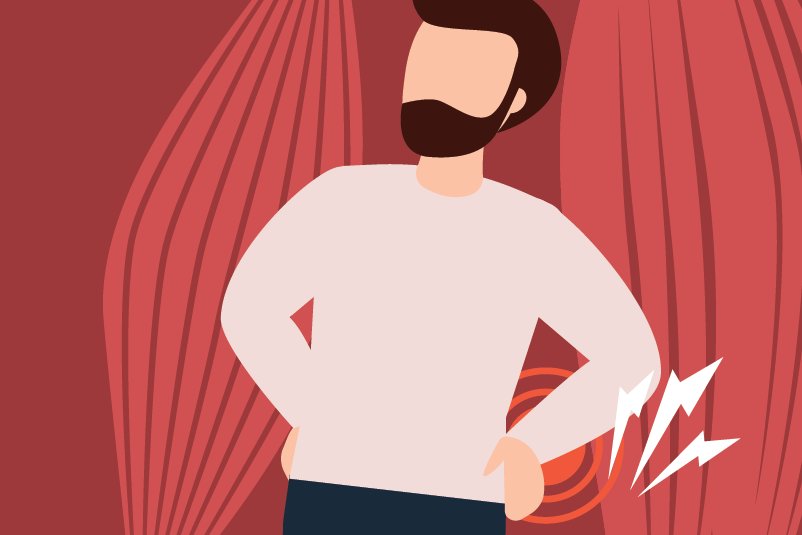#244 Injecting Evidence into Platelet-Rich Plasma Injections

Reading Tools for Practice Article can earn you MainPro+ Credits
Join NowAlready a CFPCLearn Member? Log in
- Chronic Achilles Tendinopathy:
- 3 RCTs of platelet-rich plasma (PRP) injections versus saline.1-3
- Highest quality, double-blind, RCT: 54 patients randomized to one injection of PRP or saline.1
- Outcomes at 6, 12, and 24 weeks: No significant differences in pain, function, return to sport, or patient satisfaction.
- Highest quality, double-blind, RCT: 54 patients randomized to one injection of PRP or saline.1
- 2 smaller, unblinded RCTs (24-38 patients) had inconsistent results.
- Single injection of PRP versus saline (24 patients):2
- No difference in pain at 12 weeks.
- Four injections (one every 2 weeks) of PRP or saline (38 patients):3
- PRP statistically significantly improved pain on 100-point scale:
- At 6 weeks: PRP (37 points), saline (23 points).
- At 12 weeks: PRP (41 points), saline (30 points).
- At 24 weeks: PRP (37 points), saline (18 points).
- PRP statistically significantly improved pain on 100-point scale:
- Single injection of PRP versus saline (24 patients):2
- Systematic review found similar.4
- 3 RCTs of platelet-rich plasma (PRP) injections versus saline.1-3
- Chronic Lateral Epicondylitis:
- 2 RCTs:5,6
- PRP versus saline (60 patients, one injection).5 At 12 weeks:
- Pain or function: no difference.
- PRP plus dry needle insertion versus dry needle alone (28 patients, two injections 1 month apart).6 At 24 weeks:
- Pain: no difference.
- PRP versus saline (60 patients, one injection).5 At 12 weeks:
- Limitations: Treating physician not blinded5, high dropout rate5, small numbers6.
- 2 RCTs:5,6
- Rotator Cuff Tendinopathy (at least 3 months of symptoms), 2 RCTs7,8 compared to saline (40 patients) or dry needling (39 patients):
- No difference in pain or disability scores.
- Adverse events (including tendon rupture): none reported.
- Other systematic reviews included observational studies or other types of tendinopathy.9-11
- Up to 90% of lateral epicondylitis heal within a year with conservative management.12
- Other evidence-based options include:
- Corticosteroid injections for lateral epicondylitis or rotator cuff tendinopathy show only short-term benefit.12,13
- Physiotherapy and topical nitrates.14
- PRP injections require specialized equipment and training.15
- Each injection costs ~$500, not normally covered by insurance.16






